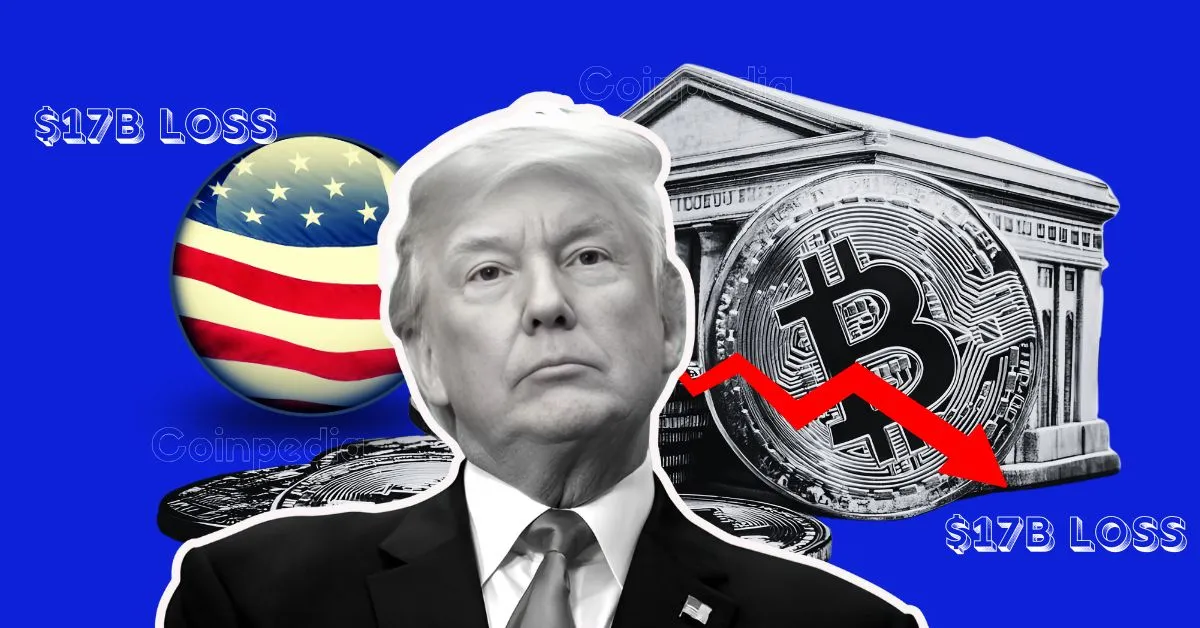
After much anticipation, President Donald Trump
Had the U.S. held onto its Bitcoin stash instead of offloading it over the years, it would be sitting on a fortune today. So, is this new strategy a game-changer, or just damage control? Here’s what you need to know.
The new reserve strategy aims to protect Bitcoin holdings for long-term growth, preventing the costly mistakes of past administrations. Under the order, all BTC obtained through civil or criminal forfeitures will be stored in what Trump’s Crypto Czar, David Sacks, calls a “digital Fort Knox.”
In an X post, Sacks stressed the importance of keeping these assets rather than selling them off too soon.
The order also extends to other seized cryptocurrencies and encourages officials to find ways to increase Bitcoin reserves—provided it doesn’t strain the federal budget. This marks a shift in policy, focusing on accumulation rather than liquidation.
The U.S. government has long held large Bitcoin reserves but has repeatedly sold them before major price surges. Sacks has criticized past administrations for offloading seized BTC at low prices. He pointed out that over the past decade, nearly 195,000 BTC were sold for just $366 million—Bitcoin that would now be worth over $17 billion as prices approach $100,000.
According to blockchain tracker Lookonchain, the U.S. government’s public wallet currently holds 198,109 BTC, valued at around $16.92 billion. However, over the years, the government has transferred roughly 222,684 BTC to exchanges like Coinbase and other wallets, selling them at an average price of just $14,736 per BTC—a total of $3.28 billion.
If those Bitcoin had been held instead, they would now be worth about $19.42 billion, meaning the government effectively lost around $16.14 billion by selling too early. This highlights the need for a smarter long-term strategy, as outlined in Trump’s new executive order.
Despite the major announcement, Bitcoin’s price fell nearly 5% to $85,000 shortly after the news broke. The drop suggests some disappointment that the reserve will only include already-held tokens, with no immediate plans for new purchases.
Ethereum (ETH), Ripple (XRP), Cardano (ADA), and Solana (SOL) also saw declines of 4%-8%, as the order does not allow for additional government acquisitions of these cryptocurrencies.
The U.S. may finally be playing the long game with Bitcoin, but the question remains—how much has already slipped through its fingers?
U.S. President Donald Trump visited the Federal Reserve this week and used the moment to…
A new platform is quietly changing how people interact with crypto—and it’s called SwapCrypto.com. In…
Ethereum is catching serious attention from institutions, and Galaxy Digital CEO Mike Novogratz believes that…
The crypto landscape in Vietnam has experienced a significant transition from an unregulated to a…
Russia emerged as a major crypto hub in Europe after President Vladimir Putin signed a…
In 2025, Dubai crypto regulation has strengthened the city’s role as a global crypto hub.…